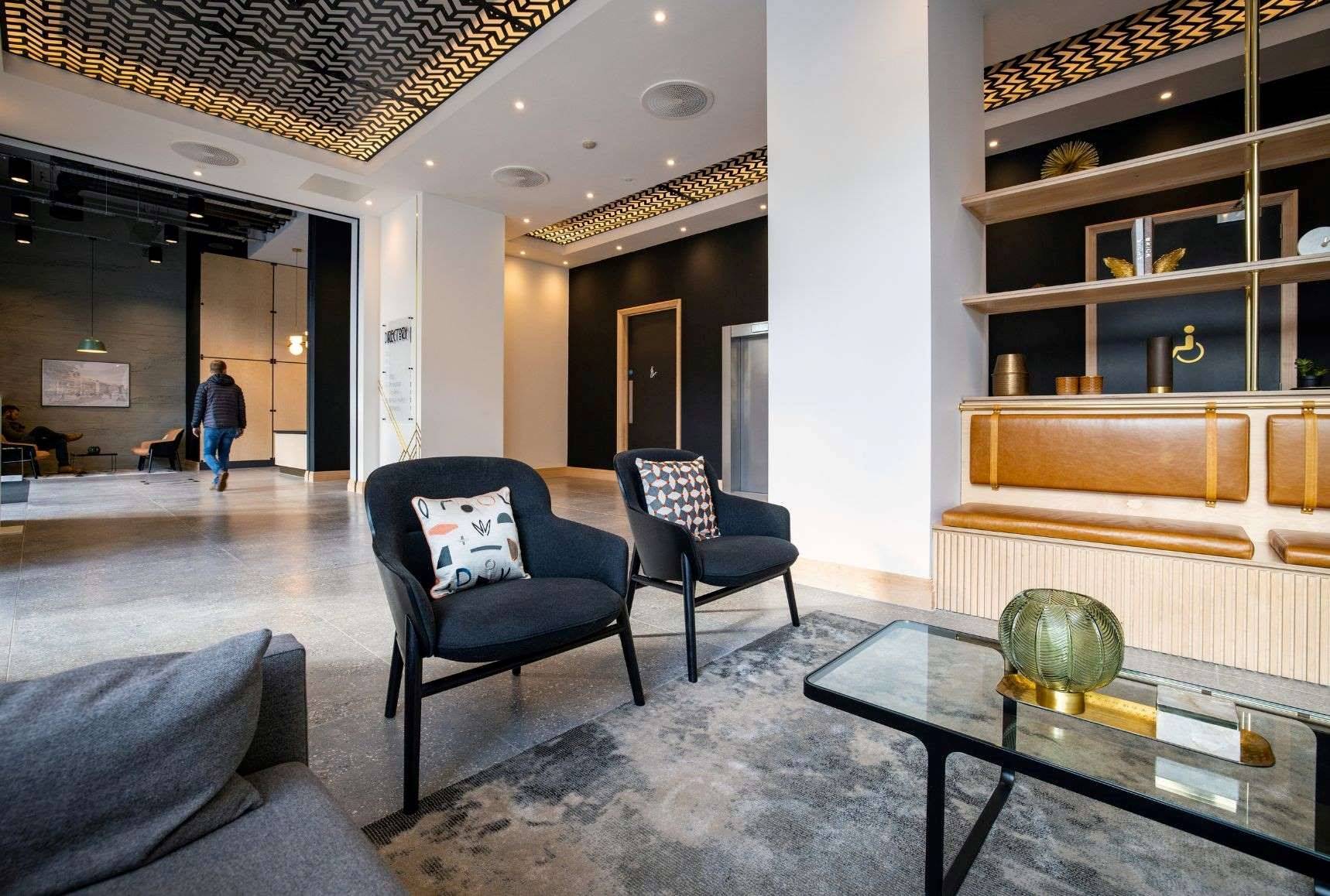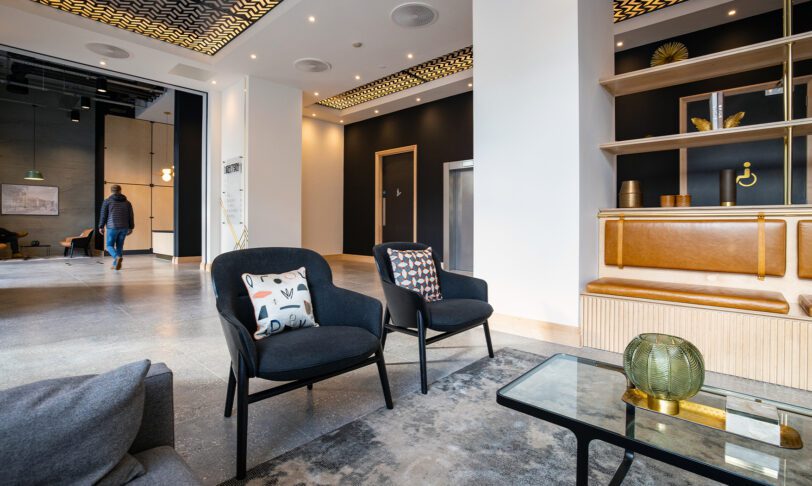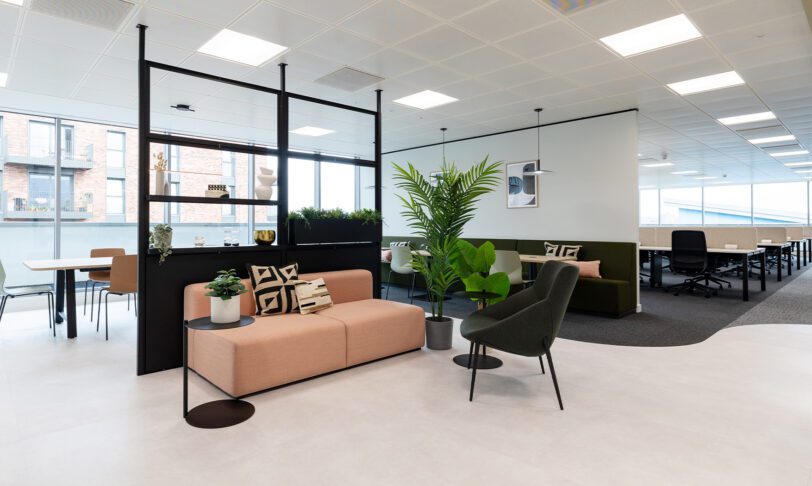A complete guide to commercial property value in 2023
Commercial property is an exciting venture, creating profitable bases from which business can flourish in a market that has seen seismic change over the past few years.
With dedication and the right know-how, commercial property can pose lucrative opportunities. Whether you’re interested in dipping your toe in the water or you’ve already started building an investment portfolio, our guide will help you understand what’s involved in calculating and increasing commercial property value.
Commercial property value trends in 2023
According to a survey of commercial real estate agents, sale prices are expected to drop by an average of 2.9% in the first quarter of 2023 (with office space falling by an estimated 3.1%). This market provides opportunities for investors and those with an existing portfolio to renovate.
For many businesses, the switch to hybrid working is becoming permanent. It is therefore likely that the most valuable office spaces will be those that are already designed to accommodate the activities of hybrid organisations with features like collaborative working spaces, social spaces, touch-down zones and facilities that allow in-person and remote employees to work effortlessly in tandem.
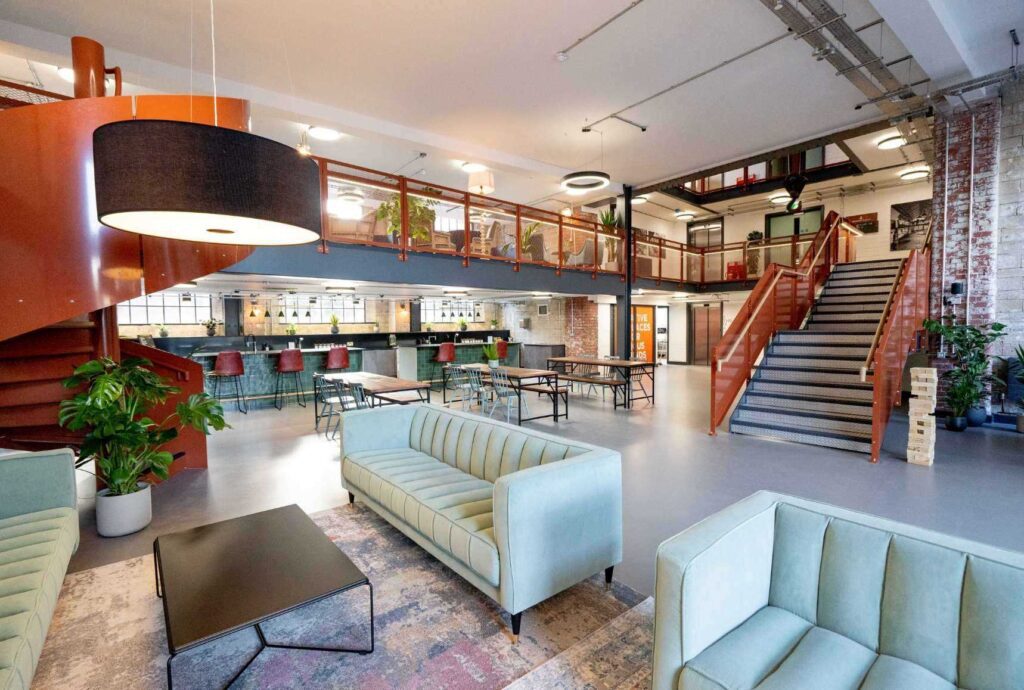
Image source: TCN uk
As energy efficiency regulations are tightening, Landlords looking to find commercial tenants should reap the rewards of investing in green office spaces. As of April 2023, commercial properties must have an Energy Performance Certificate of E or above, or landlords might be penalised by up to 20% of the property’s value. Sustainability is also becoming increasingly central to companies’ Employee Value Proposition. A study conducted by Gallup found that for 71% of workers, a company’s sustainability initiatives are important when considering a role.
Factors affecting commercial property value
In the midst of economic turbulence and shifting approaches to work, factors that affect commercial property value can fluctuate.
The economy
While this one may seem a given, the impact of wider economic change on the value of property can never be underestimated. As of December 2022 the UK economy is -0.2% lower than it was before COVID-19 and inflation is reaching peak levels, meaning Landlords and investors must stay on top of both current and future economic developments.
Location
As the saying goes: location, location, location. Of course, city-centre properties are often considered prime locations. However, access to good commuting infrastructure, (including active travel routes), local communities and businesses, supplier networks and strong placemaking are all factors which may be important to prospective tenants.
It’s also worth looking at regions when it comes to finding opportunity: especially when considering Grade A space, which accounted for 46% of the total take-up outside of London. According to Prime Office Space, Bristol averaged increased rental rates in 2022, at £42.50 per sq/ft – a 10% increase from 2021.
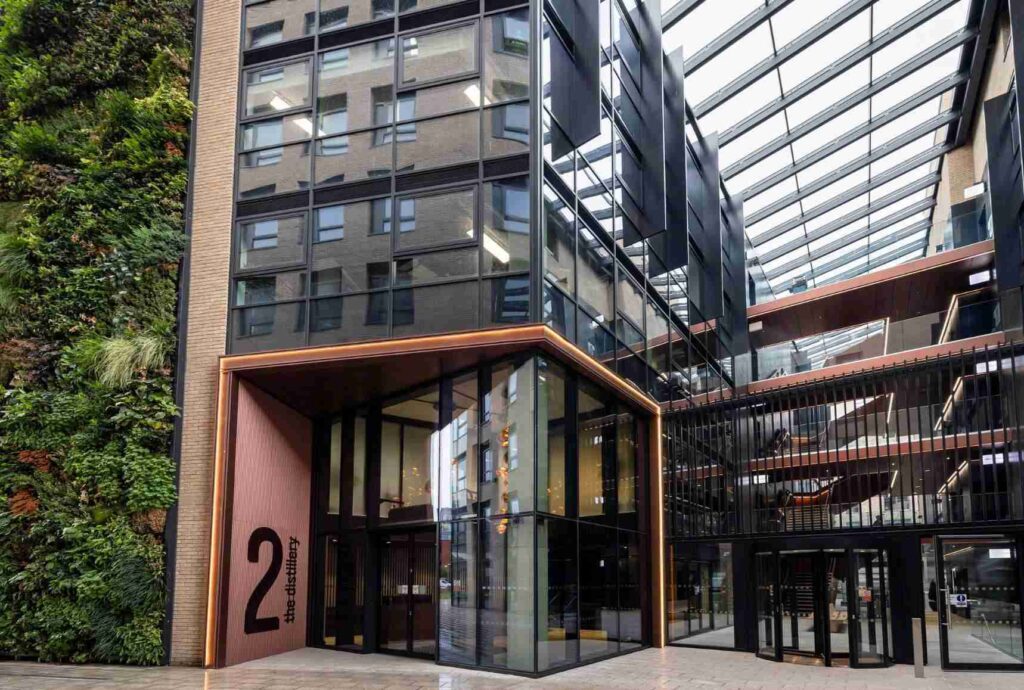
Potential for renovation and required repairs
Although the market has moved towards Grade A property, there is still the potential for developers to capitalise on existing properties that can be bought up to standard. Finding a building in a desired location and improving its infrastructure and sustainability credentials can be a great way to attract quality tenants – after all nothing is as sustainable as a building that’s already been built. A comprehensive CAT A office fit-out can reinvigorate not just a building but a whole community. We bought Bristol’s historic 33 Building up to date in a sweeping CAT A fit-out which instantly attracted some of the region’s most sought-after tenants.
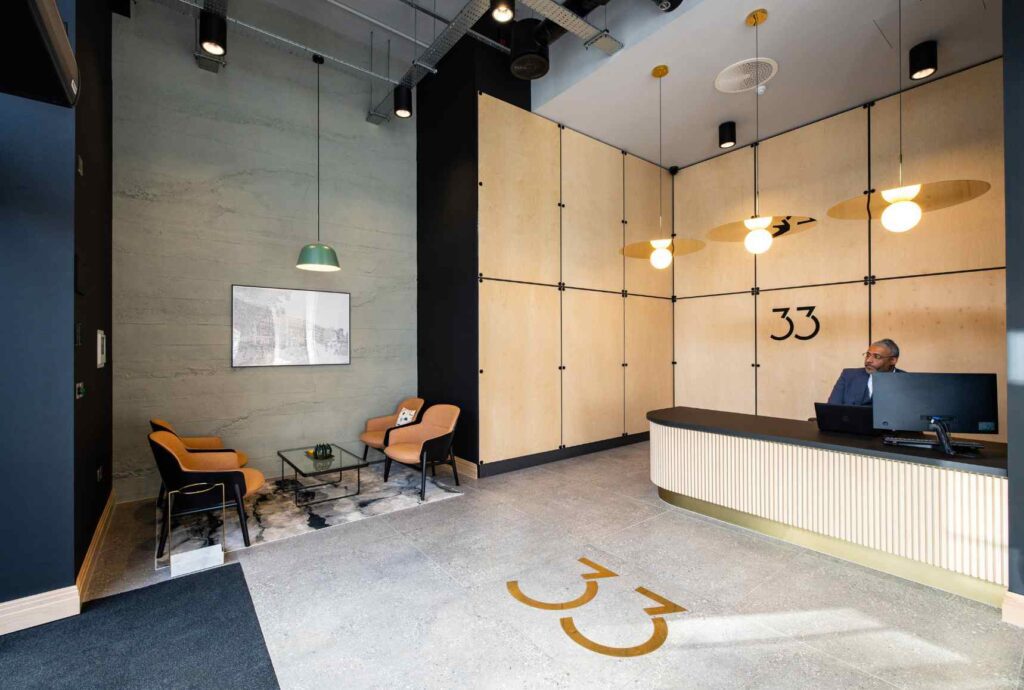
How to calculate the value of a commercial property
Valuing a commercial property may seem complex, and people will often go into it asking what the ‘best’ approach is. The key to a successful valuation is to get into the mindset of owners and tenants while also understanding the different factors at play in the market. Here are the main ways to value a commercial property:
Cost approach
This first involves estimating the ‘free market value’ of the land, which is its value if it were vacant and is calculated by comparing it to similar properties. This is then added to the projected costs of renovations and repairs, not to mention utilities and improvements required by tenants. Finally, if there has been any depreciation to the building then the associated costs will be subtracted from the total value. While this approach benefits from a consideration of tangible costs, it doesn’t account for the potential income a commercial property can generate.
Income approach
With this approach, properties are valued based on their potential for income and capitalisation rate or ‘cap rate’. Cap rate is calculated by dividing a property’s net operating income by its current value and considers factors such as the value of similar properties in the surrounding area. Buyers need to scrutinise the condition of the property and any specific features, as these can both be used to adjust the cap rate.
Sales comparison approach
The sales comparison approach means basing valuations on the market prices of equivalent properties. It isn’t the most precise method, but it allows you to tap into market activity and secure a deal that’s comparable to buildings with similar features and selling points. As this approach isn’t an exact science, prospective buyers should enlist the help of an appraiser so any unique selling points aren’t missed.
Value per square foot
As the name suggests, this is simply the value of a single internal square foot within your property. This method ensures that commercial buildings are valued based on the amount of space they can offer tenants. Value per square foot is commonly used for office buildings as tenants often require a more granular pricing structure. The reason for this is that when leasing office space, businesses will determine how much they need for each employee. This can then be adjusted based on whether they require collaborative spaces for hot desking or designated workspaces for each individual. If a property has a great layout and facilities with a quality finish, this will bump up the approximate value per square foot.
Rateable value
Rateable value is used to determine business rates paid on a commercial property. Rates are calculated by the Valuation Office Agency within HMRC, which is tasked with estimating the property’s annual rent on the open market at a fixed valuation date. This value can be adjusted based on shifts and trends within the property market, not to mention any physical changes to the property or new commercial tenants.
Attracting Tenants: What Commercial Landlords Need to Know [PDF download]
Meet the rising expectations of best-in-class tenants with this guide. Download now.
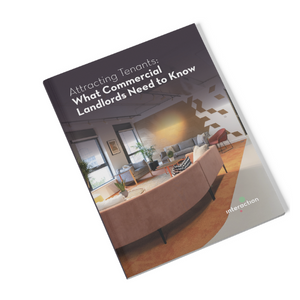
Should I enlist a professional to value my commercial property?
While all investments have some degree of risk, this can be reduced by enlisting a professional to help you make a fully-informed decision. Before you start filling your space with tenants, an independent valuation will help you feel confident that you know your property’s true value. This valuation is based purely on the property’s condition, location and income potential
A professional valuation has an array of benefits, from helping you set fair rents to obtaining a loan and property insurance. The main selling point, however, is that you not only get a completely bespoke and precise valuation but also hopefully a better sense of the type of return you may get from your investment.
While there are costs involved in having your commercial property assessed, you can rest assured that you understand the true value of your property. So it’s worth getting a professional commercial surveyor on board.
How to increase the value of your commercial property
The most successful commercial landlords are always looking for ways to offer a fantastic experience to their tenants, be it through adding new functional spaces or improving facilities. This will not only increase tenant retention but also improve long-term value.
Here are some tips on maximising value while also enhancing your property and satisfying tenants:
Design with your ideal tenant in mind
When you’re turning a blank canvas into a fully-functioning space for tenants, keep a vision of who these tenants may be at the forefront of your mind. Are you targeting scaling tech companies, established financial services providers or media agencies? Think carefully about their needs. For example, if your vision is a flexible office space where different businesses can connect and collaborate, then make sure you include a combination of open-place spaces and private, enclosed facilities (not to mention investing in a top-tier internet connection)! Working with an office fit-out company like Interaction will result in a bespoke space that fully conveys your vision down to the finest detail.
In our Guide to Opportunities for Landlords and Developers we outline the five key attributes that attracted high value tenants:
- Aesthetics
- Amenities
- Quality /Flexibility
- Sustainability
- Technology
Find out more here.
Expand lettable floor space
The term ‘lettable floor space’ refers to the areas of your property that can generate revenue. Working with a knowledgeable contractor can help you pinpoint areas of your building that can be turned into high-quality, functional spaces. This could involve, for instance, merging smaller rooms that aren’t attracting tenants or investing in an extension. It is particularly important to recognise the difference between cramming as many tenants into your building and making the most of opportunities to offer tenants a great experience. For instance, investing in great-quality non-lettable space, such as communal areas and foyers may seem counterintuitive when it comes to ROI; however it will make a real difference to how compelling the tenant experience is, which in turn pays dividends over time.
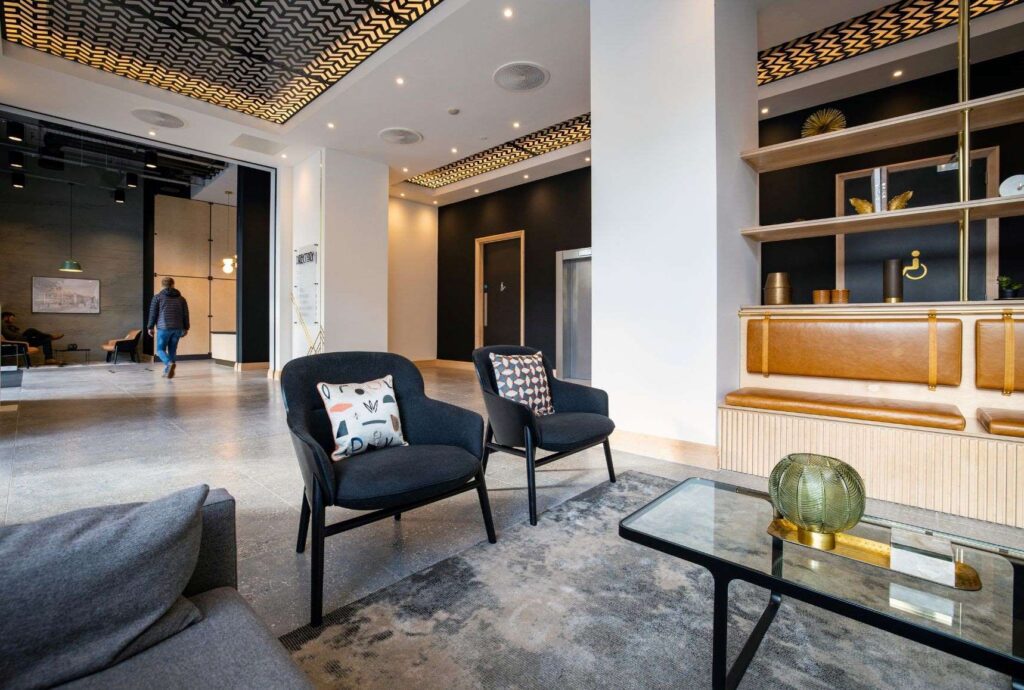
Keep rents competitive – and relationships vibrant
This is particularly relevant to high-value areas such as inner-city locations with heavy footfall and nearby amenities. While your property may be in a fantastic spot, have tonnes of space and be fully stocked in terms of facilities, you must remain open to the fact that if you’re up against a competitor with a similar offering it’s all going to come down to who offers the best deal. Be proactive and scope out rents for similar properties, so you can make sure you’re competitive. And be aware of the changing dynamics of landlord/tenant relationships. Gone are the days when interactions only happened at lease expiry. Tenants now expect to be treated like clients, as as such the best landlord/tenant relationships are ones that are communicative, mutually beneficial and flexible.
By keeping a rock-solid roster of happy and committed tenants, you can maintain the kind of projected income that is ideal for landlords using an income-based approach to property valuation.
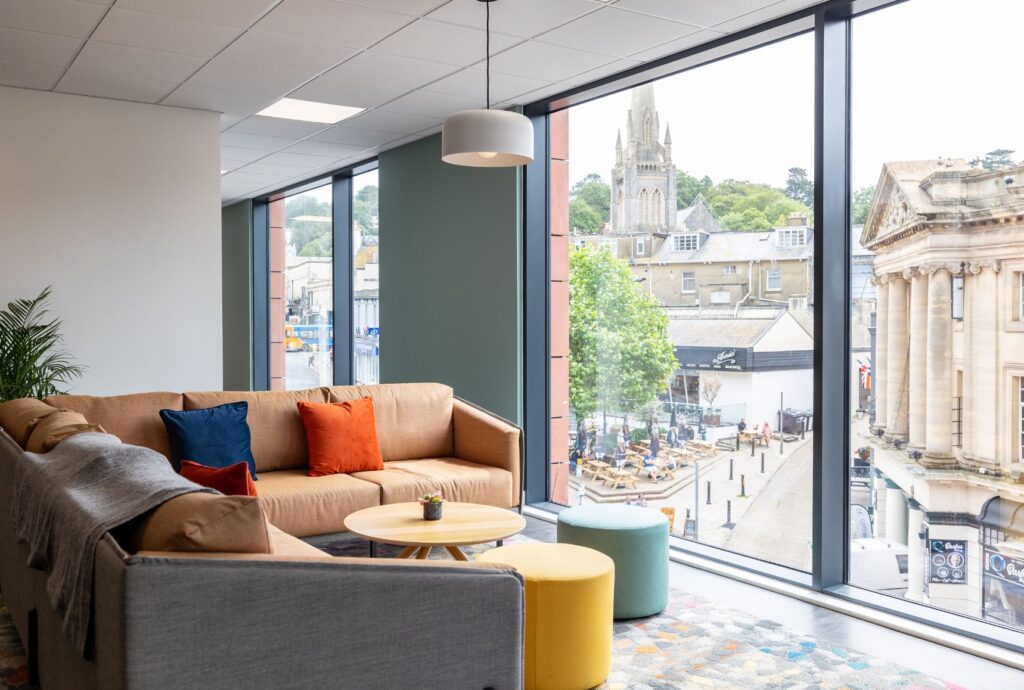
Gain sustainability credentials
‘Green’ commercial properties will be in increasingly high demand in 2023. Last year it was estimated that 34% of commercial building occupiers have ‘green lease’ clauses, with a further 40% planning on signing similar causes by 2025.
One course of action is to obtain a certification such as BREEAM (Building Research Establishment Environmental Assessment Methodology) certificate, which we will delve into. This certification represents a concrete commitment to making a building more sustainable and environmentally friendly. There are multiple schemes that culminate in a BREEAM certificate, so choose the one based on the life-cycle of your building (e.g. BREEAM New Construction or BREEAM Refurbishment and Fit-Out) before entering the assessment stage.
For some time it was thought that sustainable office fit-outs were too costly. However, it’s becoming increasingly apparent that sustainability is not only admirable but profitable. Property agent Knight Frank devised a unique price model to calculate how much sustainability credentials can improve property value. They found that buildings in central London that attained a BREEAM rating of ‘Excellent’ or ‘Outstanding’ led to a 13% premium on rents and 10.5% on sale prices.
Chat with Charlie
Get in touch with Charlie, our Relationships Manager to discuss how we could revolutionise your space.
Email: [email protected]
All general enquiries
Phone: 01225 485 600
Email: [email protected]
Or sign up for our newsletter here

How Interaction can increase commercial property values
Commercial landlords and building owners approach Interaction seeking guidance on how to create innovative, compelling spaces that attract tenants and increase value. Whether it’s by improving existing facilities or creating new lettable space, Interaction can help you deliver the best possible experience for your tenants while also maximising profit. Below is a brief overview of our expert office design and build services:
- CAT A: You’ll get all the core infrastructures (e.g. water, power, bathroom facilities) and a great blank canvas for you to realise your vision, with costs ranging from £50-£100 per square foot. See examples.
- CAT A+: These are often called ‘plug and play’ spaces since that’s exactly what tenants can do from Day 1. Interaction’s landlord-focused plug and play service is called Primed. Our Primed specialists are experts in delivering fast turnaround, high-quality spaces that attract best-in-class tenants. This type of fit-out is very similar to CAT A but includes basic furniture such as desks and appliances. Prices will therefore sit between CAT A and CAT B costs. See examples.
- CAT B: Your space will have all the amenities and furnishings required for a fully-functioning office, including communal areas and a range of meeting spaces. Prices typically range between £60-£120 per square foot, but costs can vary given the wide range of options available. See examples.
Our team is on-hand to answer any questions you may have. Give us a call on 01225 485 600 or visit our contact page for more information on how to get in touch.
Join the Interaction community
Sign up for our newsletter to stay up-to-date with the latest insights
on the modern workplace and commercial property trends.
